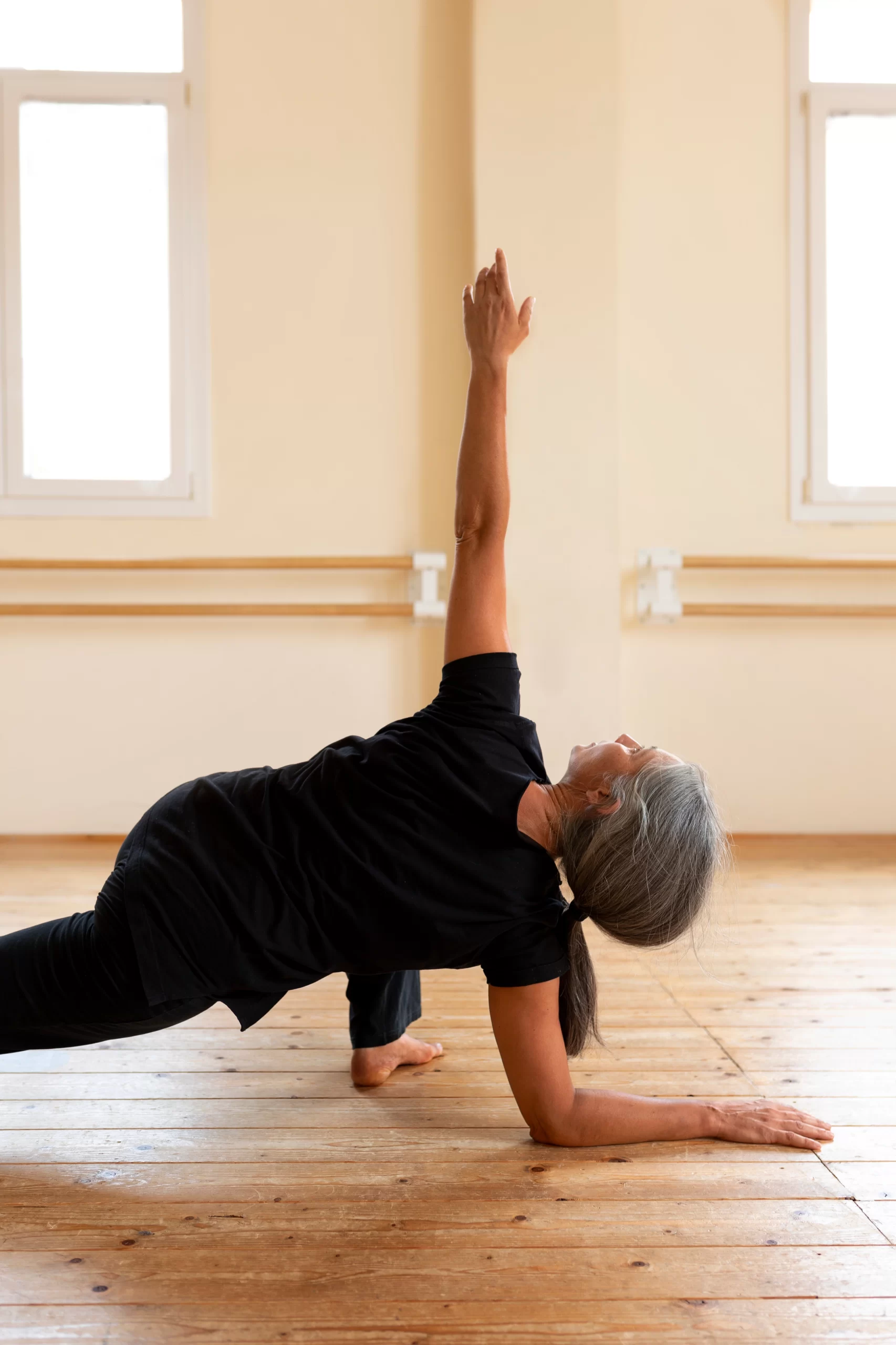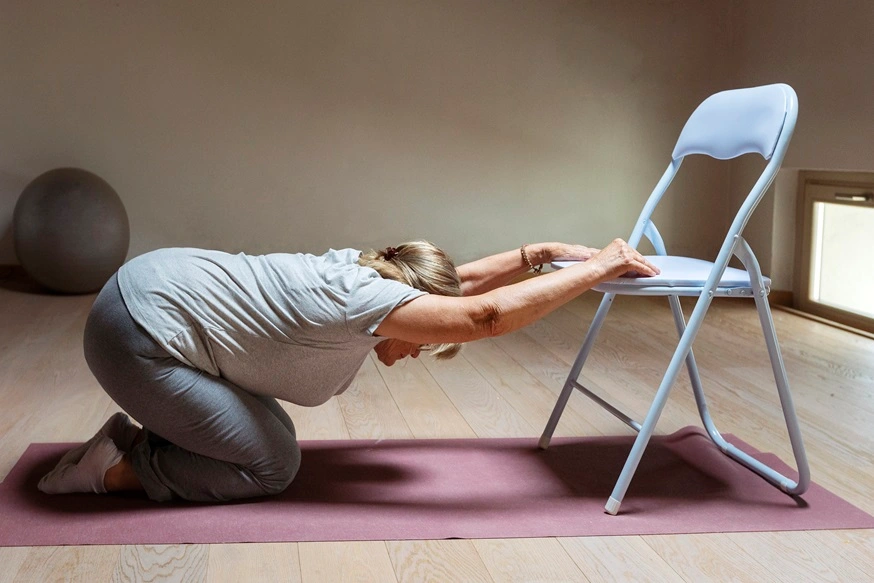The current society and lifestyles that people live are fully packed with many activities and stress that people may end up overwhelming. In the busyness of life which involves moving from work to work we sometimes fail to take time and weigh the positives in our lives. It is at this point that gratitude meditation is of essence. When done regularly this basic but profound method can improve our psychological state in immeasurable ways. In this blog post, we will explore the value of gratitude meditation, how it can transform our outlook on life, and practical ways to incorporate it into our daily routines.
What is Gratitude Meditation?
Gratitude meditation is a form of mindfulness most of which are orientated towards things that people are thankful for. It incorporates aspects of the mindfulness-based stress reduction technique with an element such as gratitude. This way, it is possible to turn our focus to things that bring joy and make people happier, we can cultivate a deeper sense of appreciation and contentment.
Gratitude meditation: what the research says
Countless scientific research has been done which proves that participating in acts of gratitude is very useful. Being grateful makes us happy because when we practice gratitude meditation, our brain produces dopamine and serotonin. Also, recent practice enhances the meta-analysis of exercise that stimulates the part of the frontal cortex of the brain, which is in charge of decision and empathy.
Other studies indicate that gratitude mediation help in the reduction of stress, lowering of blood pressure besides enhancing quality sleep. So by staying on the positive aspect of life reveals more; the spotlight is taken away from the negative thinking producing anxiety –depression.
The Psychological and Social Aspects
- Enhanced Emotional Resilience:
Gratitude meditation contributes to developing emotional strength by changing an individual’s thinking pattern from what they are missing in life to what they have been blessed with. Such a perspective shift can be utilized to improve one’s attitude toward the events of life and find ways on how to overcome difficulties.
- Increased Happiness:
When the people engage in the processes of gratitude meditation, their brain is being conditioned to look for the positive things in their life. This increased awareness can sometimes result in more overall happiness and being satisfied with one’s life.
- Reduced Stress and Anxiety:
Choosing to be thankful can minimize the release of cortisol which is a stress hormones in the body.. Hence, by distracting the mind from the particular things that cause anxiety and stress, one can overcome such a condition.
- Improved Relationships:
Gratitude meditation specifically promotes the aspect of acknowledging people in our life. This can result in healthier, more positive relationships because dependence is reduced and compliments and positive feelings are given much more often.
Related Practical Techniques Involved in the Process of Beginning the Gratitude Meditation
- Find a Quiet Space:
It is best to find a calm and cozy environment in which you can work without being interrupted. Get comfortable, either sitting or lying down on the bed.
- Close Your Eyes and Breathe:Close Your Eyes and Breathe:
Take a deep breath and hold your breath, then slowly let out your breath and relax your mind. Concentration should be paid to the feelings all the sensations connected with the act of inhalation and exhalation. This is useful in anchoring your thoughts and thus getting your mind ready for meditation.
- Reflect on Gratitude:
Start by visualizing or picturing something or someone in your life that you are glad for. It can be people, achievement, pleasant weather, a great food, warm tea, etc. More precisely, do not deny yourself to appreciate the sensations that the state of gratitude generates in you.
- Visualize and Feel:
Writing? It helps to think about the person or situation you are writing about in your mind’s eye. Sensitivity towards this gratitude and look at the feelings accruing from it. These positive states should dwell in your heart and in your mind.
- Express Your Gratitude:
Speak thank you in your mind or say it out loud. What you can do is say something such as, “I am grateful for, … ” or perhaps “Thank you for, … ”. This reinforces the positive side of the brain and actually helps to strengthen one’s decision to be thankful.
- Expand Your Gratitude:
It is crucial, bit by bit, to shift the scope of your focus towards other spheres of your life for which you are thankful. It may be, health, your house, your friends, or your chances. Let the feeling of thankfulness to increase as it covers all aspects of your life.
- End with Reflection:
After a few minutes, slowly and progressively begin to come back to the feeling of your breathing. Looking back each of the exercise and stepping through the feelings of gratitude that were felt. After this, you can open your eyes with such feelings to embrace the rest of day with positive emotions.
Making Gratitude Meditation a Part of Everyday Practice
- Morning Routine:
It is recommended that you commence your day with a brief meditation that focuses on thankfulness. It can create a brilliant start to a day and can encourage you to carry out the tasks for the day with joy.
- Evening Reflection:
Going to bed is a perfect time to think about the bright sides of the day. This can be of benefit in destressing and encouraging better sleeping patterns.
- Gratitude Journal:
Meditation can also be complemented by maintaining a gratitude journal More specifically, Although any diary can do, there is something special about a gratitude journal. Make it a habit to jot down in a notebook or on a piece of paper at least 3 things you are grateful for on a given day. This helps to continue sustaining the proper way of thinking in the correct direction, which is to always look at the positive.
- Gratitude Reminders:
Using your phone, set alarms or use post-its around your house so that you are constantly reminded to think gratefully during the day. These are simple suggestions that I personally find helpful to keep in check and be thankful.
- Express Gratitude to Others:
Always make time to tell people you appreciate them, and are grateful to have them around. They could be a colleague, a family member or a friend, sometimes it is good to remind people how much they are valued and also brighten up their day.
However, this paper aims to examine the long-term effects of carrying out gratitude meditation in the real sense.
Gratitude meditation not only brings happiness and positive emotions during the practice but also brings much more. When carried out it can bring about permanent alterations in our approach to liven and our mental health. When our mind employs the technique of positivity, we actually toughen our mind against the other hardships in life.
Besides, if approached and done correctly, gratitude meditation can also impact the people in the surroundings of the person practicing the technique. As a process of positive thinking plays, asserting grateful thoughts, we positively influence people around us as well. This of course can result in a healthier, more positive and understanding society.
Conclusion
Incorporation of gratitude meditation in our daily activities is one of the most beneficial practices that can have significant impacts on the health of the mind, heart and the body. Reflective thinking creases positivity and declines stress; therefore, tapping into positivity can lead to boost happiness. The essence of gratitude meditation is in it being a very basic practice that can be incorporated easily into the lives of virtually anyone wishing to lead happier lives. Therefore, make it a point today that out of every hundred times that you look at your wrist, you look up and out for the many miracles in life. The advantages are therefore radical.





